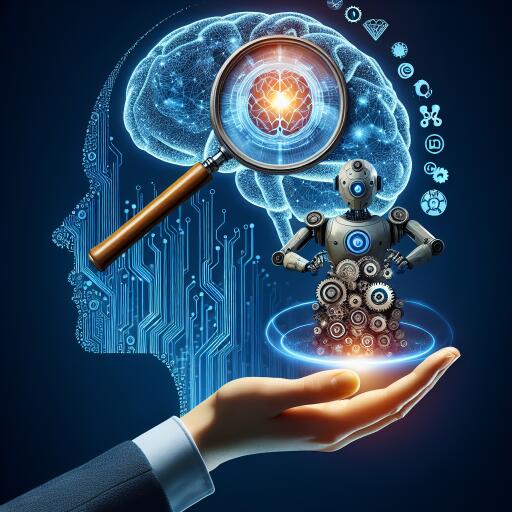Understanding the Essential Roles of AI and BI in Modern Business
The technological landscape within which modern businesses operate is both vast and intricate, hosting a myriad of tools designed to streamline operations, enhance decision-making, and ultimately drive success. Among these, Artificial Intelligence (AI) and Business Intelligence (BI) stand out not only for their individual capabilities but also for how they synergize to elevate business strategies. While AI can be seen as the cutting edge, pushing the boundaries of what machines can do, BI provides a robust foundation for data-driven decision-making. Understanding the nuances between AI and BI, and why both are critical for contemporary business practices, offers a glimpse into the future of technology-driven success.
The Divergent Goals of AI and BI
At their core, BI and AI serve distinct, yet complementary objectives within the business ecosystem. Business Intelligence focuses on the extraction, analysis, and management of the vast quantities of data businesses generate, converting it into actionable insights. Tools and technologies deployed under the BI umbrella, such as data warehousing, OLAP, and dashboarding, aim at enhancing the quality, timeliness, and utility of business information.
Contrastingly, Artificial Intelligence seeks to emulate human cognitive functions, such as learning, problem-solving, and decision-making, through sophisticated algorithms and machine learning models. AI’s prowess lies in its ability to not only process and analyze data but to learn from it, thereby continuously enhancing its performance and decision-making capabilities.
Vital Use Cases of BI and AI
While BI has woven itself into the fabric of daily business operations—often so seamlessly that its presence is barely noticed—AI, on the other hand, has started to redefine possibilities. BI’s role in operations, customer service, and strategic planning is foundational. It’s not uncommon to see BI technologies transforming raw data into coherent, actionable reports that inform everything from marketing strategies to operational efficiencies.
AI’s application, meanwhile, is revolutionizing industries by offering insights and automation capabilities previously unheard of. From powering medical diagnostic tools to enhancing customer service via chatbots and improving energy efficiencies, AI’s use cases are expanding rapidly, showing a promising horizon that extends far beyond current applications.
The Backbone Technologies of AI and BI
Underpinning the capabilities of BI are technologies like data mining, data warehousing, and ETL processes, which collectively facilitate the gathering, processing, and presentation of data. Reporting tools and dashboarding enable businesses to visualize complex datasets, making them accessible and actionable.
AI, in its quest to mimic and surpass human intelligence, leverages machine learning, neural networks, and natural language processing among other technologies. These sophisticated tools allow AI systems not only to analyze data but to learn from it, offering predictions and insights that grow more accurate over time.
Implementation Mechanisms: Navigating Complexity and Accessibility
The implementation of BI is generally user-friendly, focusing on delivering powerful insights through accessible interfaces and reports. Setting up BI involves integrating data sources, building data models, and creating dashboards and reports that bring data to life.
AI implementation, by contrast, is marked by its complexity. It demands a deeper knowledge base in areas such as data science, machine learning, and algorithm development. The process is intensive, requiring meticulous data preparation, model training, and ongoing monitoring to ensure optimal performance and accuracy.
Concluding Thoughts
The realms of Artificial Intelligence and Business Intelligence, though distinct, are far from mutually exclusive. BI lays the groundwork for powerful, data-driven decision-making, while AI pushes the boundaries of what’s possible with this data, offering innovative solutions and transformative potentials. Together, AI and BI are indispensable in the modern business toolkit, providing the insights and automation capabilities necessary to navigate the complexities of today’s market dynamics. As businesses continue to evolve in an increasingly digital landscape, the synergistic power of AI and BI will undoubtedly play a critical role in shaping successful futures.










